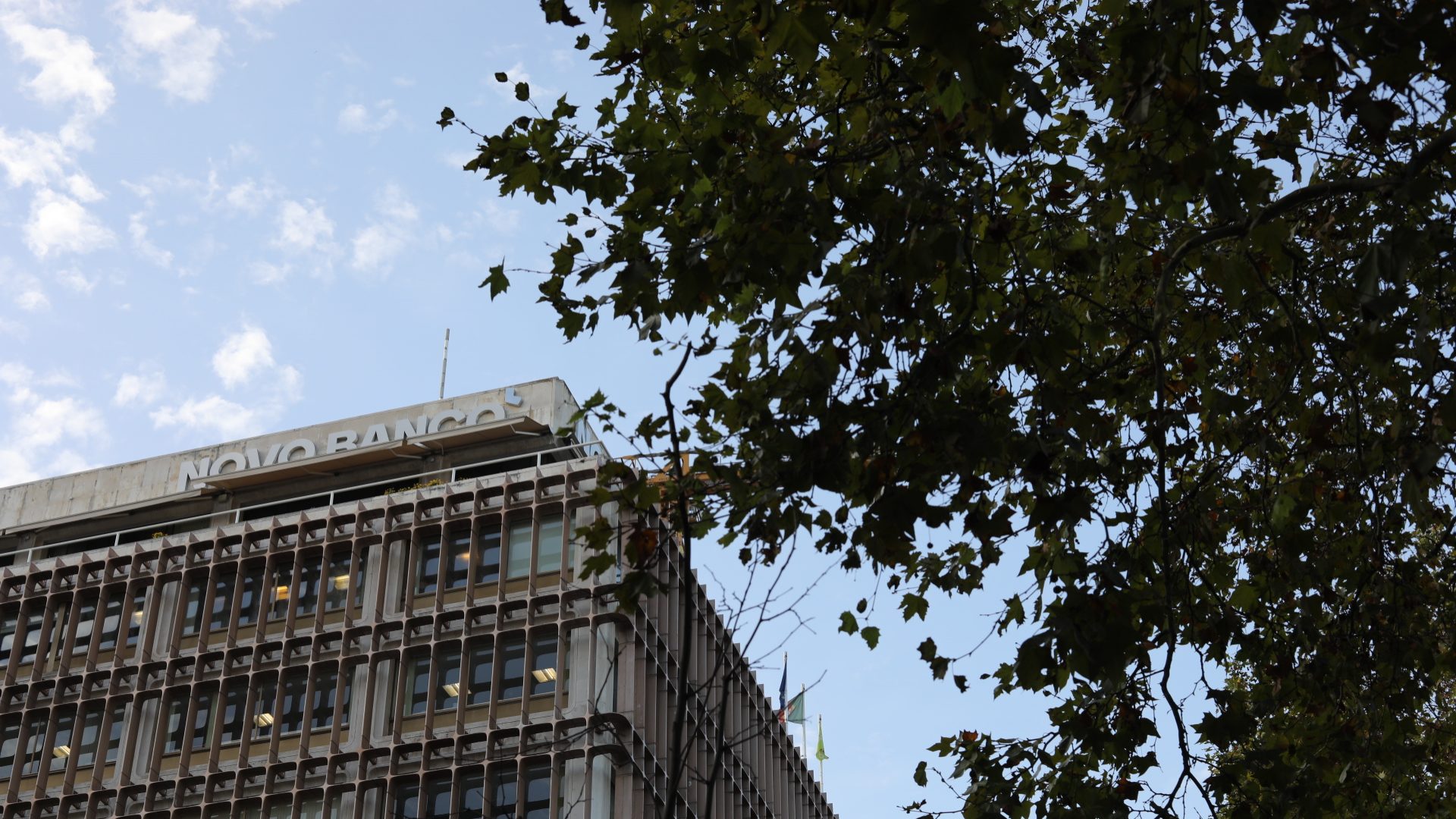Novobanco reaches deal to sell restructuring funds to US investors
The Portuguese bank says this deal, along with the sale of its current headquarters, is "expected to increase novobanco capital ratios by c.65bps versus reported June 2022 figures."
Novobanco, the successor institution to Banco Espírito Santo, said on Tuesday that it had signed a sale and purchase agreement and others with investment funds managed by Davidson Kempner Capital Management, a New York-based firm, relating to the disposal of restructuring funds.
In a statement sent to Portugal’s Securities Markets Commission (CMVM), the bank said that, “together with other sellers, it has signed a sale and purchase and other agreements with investment funds advised by Davidson Kempner Capital Management LP (“Davidson Kempner”), relating to the sale of equity interests in both Fundo Recuperação Turismo, Fundo de Capital de Risco (“FRT”) and FLIT – PTREL, SICAV-SIF, S.C.A. (“FLIT”), as well as some other hospitality assets currently held by Fundo Recuperação (“FCR”), also known as Project Crow.”
At the end of last year, Novobanco’s exposure to restructuring funds, which includes those mentioned, “totalled 524 million euro, with the scope of this transaction comprising c.40% of the Bank’s exposure to such Funds,” the statement adds.
“Although the completion of this transaction, on agreed terms, is expected to be neutral from a 2022 net income perspective, the reduction of this exposure in the balance sheet is expected to improve novobanco capital ratios by c.25bps,” it says, adding that the transaction is expected to conclude by the final quarter of this year.
“The transaction announced today, along with the sale of its current headquarters and other measures signed in 3Q 2022 to date, to accelerate the sale of non-core assets, are expected to increase novobanco capital ratios by c.65bps versus reported June 2022 figures,” the bank states.
A number of asset sales carried out by Novobanco have caused controversy in Portugal, as the bank has repeatedly drawn on state funding – guaranteed at the time of the sale of a 75% stake in the bank to Lone Star Funds of the US, but originally supposed only to act as a financial safety net.

